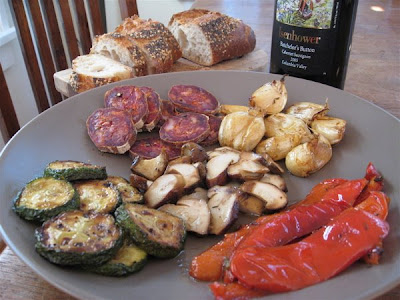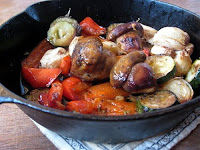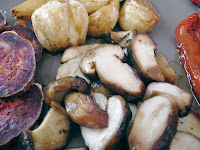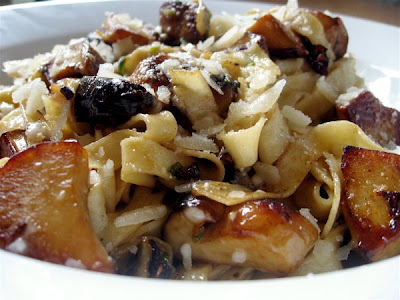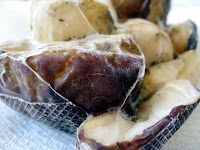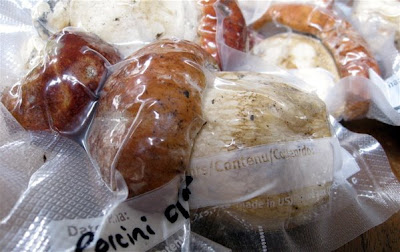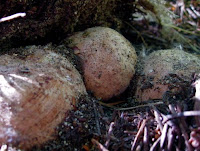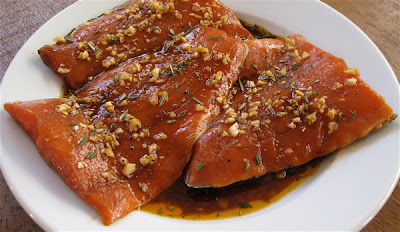 THIS IS THE TIME of year when my stash of dried stinging nettles comes in handy. ]High in protein and nutrients, stinging nettles are a jolt to the system—just the ticket for the deepest, coldest stretch of winter. They also have that taste of the wild that can’t be duplicated by domestication.
THIS IS THE TIME of year when my stash of dried stinging nettles comes in handy. ]High in protein and nutrients, stinging nettles are a jolt to the system—just the ticket for the deepest, coldest stretch of winter. They also have that taste of the wild that can’t be duplicated by domestication.
 Who doesn’t love a soup that’s ready to eat within an hour on a winter day? Just take your favorite Potato Leek recipe and sprinkle in a couple heaping tablespoons of dried nettles to transform a routine dish into something with a little more edge to it, a dish that sits up and howls at the winter moon.
Who doesn’t love a soup that’s ready to eat within an hour on a winter day? Just take your favorite Potato Leek recipe and sprinkle in a couple heaping tablespoons of dried nettles to transform a routine dish into something with a little more edge to it, a dish that sits up and howls at the winter moon.
3 tbsp butter
3 leeks, thinly sliced (tops discarded)
1 onion, chopped
2 lbs russet potatoes, peeled and sliced
1 lb red potatoes, unpeeled and cut up
1 quart chicken stock
 2 heaping tbsp dried & powdered stinging nettles
2 heaping tbsp dried & powdered stinging nettles
1 cup heavy cream
1 bay leaf
pinch of white pepper
pinch of thyme
salt to taste
Melt butter in a heavy soup pot. Saute leeks and onion until soft. Add potatoes. Cook a few minutes. Cover with chicken stock; add water if necessary until potatoes are fully covered. Throw in a bay leaf. Simmer for 10 minutes before adding nettles. Continue simmering until potatoes are tender, then work with a masher. Season and add spices. Turn heat to low. Now is the time to use an immersion blender; otherwise, blend in a food processor to desired consistency. Stir in heavy cream and, if you like, a pat of butter.
For a little extra umph, I floated a few garlic-rubbed croutons on top.





